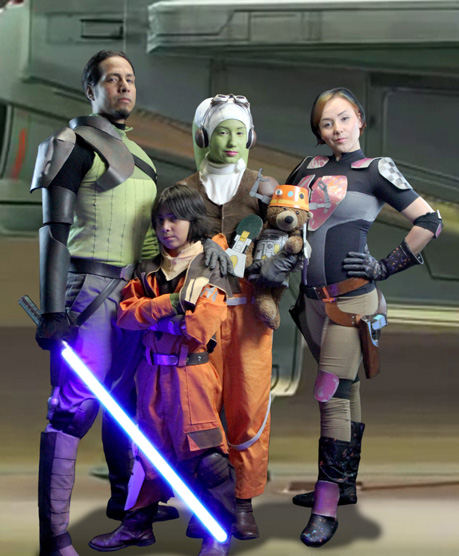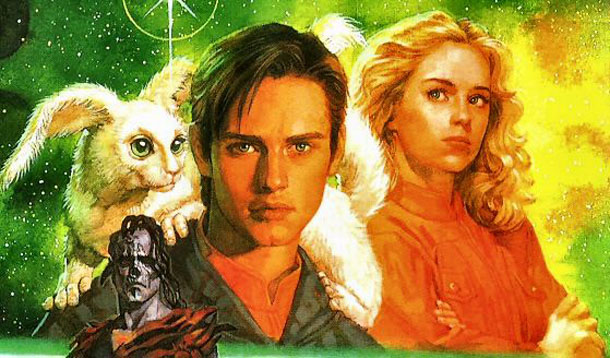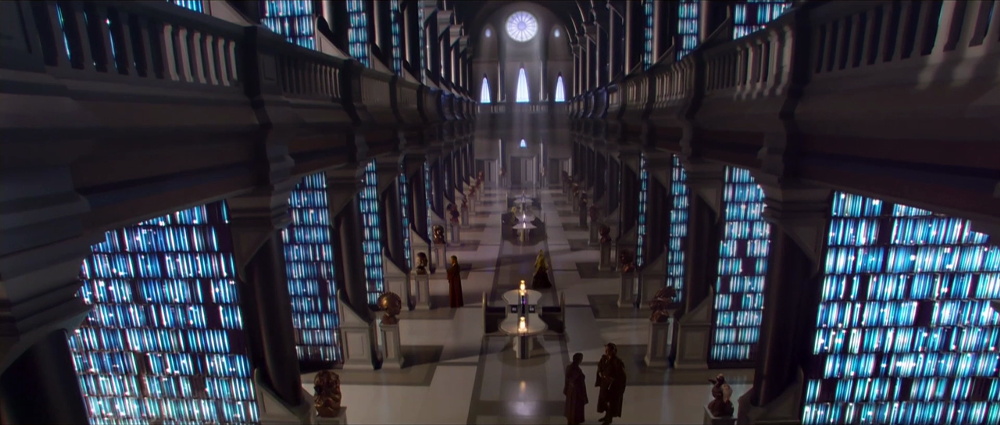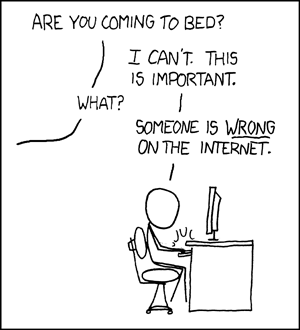 A couple months ago, WonderCon finally gave fans their first serious taste of the upcoming animated series Star Wars Rebels. The big news out of the show’s panel was Kevin Kiner’s return as the show’s composer (including a sneak peek at the show’s theme music) and for the first time, a look at a completed action sequence from the series itself.
A couple months ago, WonderCon finally gave fans their first serious taste of the upcoming animated series Star Wars Rebels. The big news out of the show’s panel was Kevin Kiner’s return as the show’s composer (including a sneak peek at the show’s theme music) and for the first time, a look at a completed action sequence from the series itself.
But the most memorable moment, at least for some of us, was the appearance of the Perales family of California, fully and immaculately costumed as nearly the entire cast of the show we were just then really starting to learn about. Mom and dad Liz and Sal Perales played the roles of Sabine and Kanan, respectively, accompanied by kids Lizzy and Axel as Hera and Ezra, and even their teddy bear joined the fun with her own Chopper-inspired cap. The whole thing was perfectly amazing—so much so that they were invited onstage at the panel to show off, prompting a nervous “hope you like the show” from creator Dave Filoni.
Sometime later I was fortunate enough to stumble upon Liz and Sal on Twitter, and I finally had the opportunity to learn more about the family that launched a thousand snapshots. They were gracious enough to answer my questions, and even provided some exclusive photos to accompany this interview. For more pics be sure to check out Rogue Rebels, their official cosplay Facebook page. When not running from the Empire, Sal also works as a musician, and his personal website can be found here. Read More




